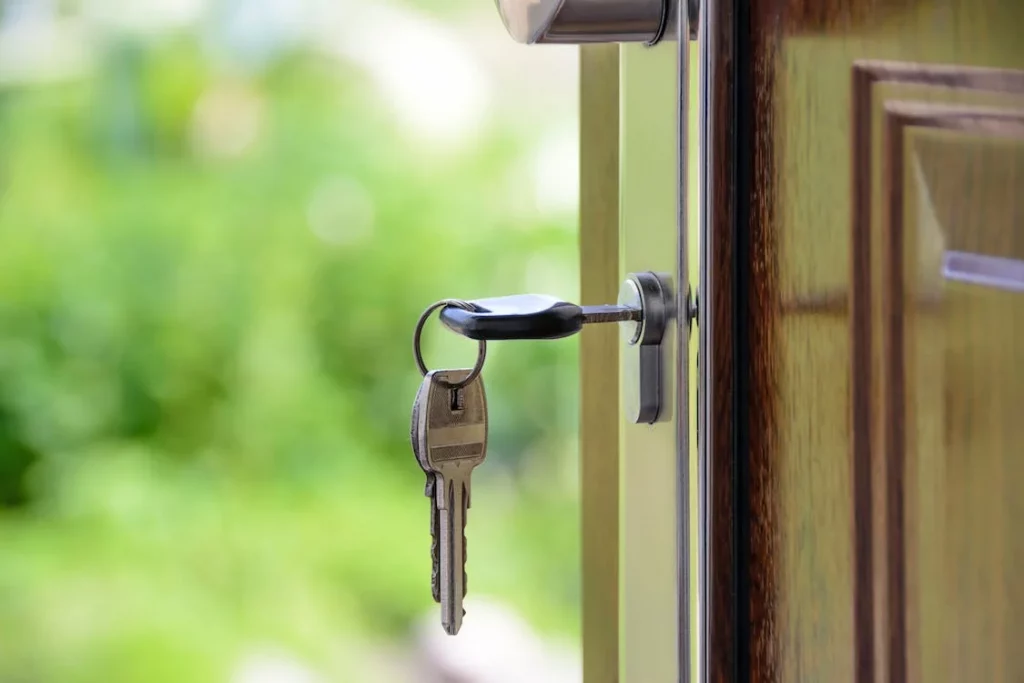Perhaps the most difficult thing to do is to change one’s mind. Easier said than done, especially when it means lowering expectations to meet the market reality when selling a property (i.e. when the real reality is the last thing you want to hear). You’re then in need of some tough love.
For starters, no matter what anyone says, it’s genuinely difficult at the moment to price a property perfectly given how quickly everything has changed. Since late winter, most residential prices have dropped 20-30% but monthly carrying costs have remained relatively equal (such is the over-sized difference even slightly higher interest rates on mortgages create; however, I acknowledge that down-payments and land transfer tax amounts owing at time of purchase are lower). As prices have dropped so quickly, it’s a challenge to provide (sufficient) reasonable comparable(s) that are appropriate guides from which to draw necessary conclusions on what the market will bear.

A consequence of such circumstances is that it requires a motivated seller to be flexible on the list price if their property doesn’t get any traction within the first week or so. Remember, there are three reasons why a property doesn’t sell:
- Location
- Condition
- Price
If there’s nothing wrong with the first two, well, the reason why your place isn’t selling is staring you in the face. Again, you may not agree with the market but it is never wrong. Tough lesson to learn – especially if there are emotions involved; always best to remain as objective as possible. Try to be a robot, if that helps.
Beep. Bop. Beep. Bop. Booooooooop.
Sellers need to be reminded that a property that is sitting unsold not only continues to cost them basic monthly running costs (eating away at their total return) but reflects poorly on both the property itself and the sales team. Moreover, if a seller has already – or even wishes to – purchase a subsequent property, you have to consider the domino effect of what it means to carry a liability that isn’t selling. At that point, why hold yourself back from moving forward?!
Self-sabotage.
It’s insidious. Consider the example of the monkey who is easily trapped by the hunter because it won’t release the food in its hand despite the fact that the fist it makes in so doing means it can’t get its hand out of the jar; it won’t sacrifice a part for the betterment of the whole.

Take heed of this lesson; best to sell your property for less if it means being able to get on with your life and move forward. Besides, if you are buying and selling in the same market (as most do), any perceived loss ought to be countered with the subsequent gain of purchasing for lower than expected. It’s a two-way street and loss-aversion should be, errr… averted. Now, that’s some ivory tower Psychology 101, right there.
Still Not Convinced?
One way I try to educate clients on appropriate list prices is to work backward from a monthly cost perspective. Generally speaking, if you couldn’t (or wouldn’t!) rent a property for what it would cost at the desired list price (even after 20% down), then it is listed too high (after all, why would an investor want to subsidize your monthly living costs?!). Yes, I realize that this is a very broad metric and that there will be examples to the contrary, but it remains a very reasonable place from which to start the conversation.
As monthly carrying costs have risen so sharply, illustrating what they are with today’s mortgage rates can be a profound way to communicate the interplay between price and monthly costs. Often, even the current owner(s) wouldn’t elect to carry what they expect a new buyer to pay when they break the total ownership costs down. Growth is never easy – nor is changing your mind.
Fascinating, eh? Expecting something of someone else that you wouldn’t do yourself.
Funny times.


